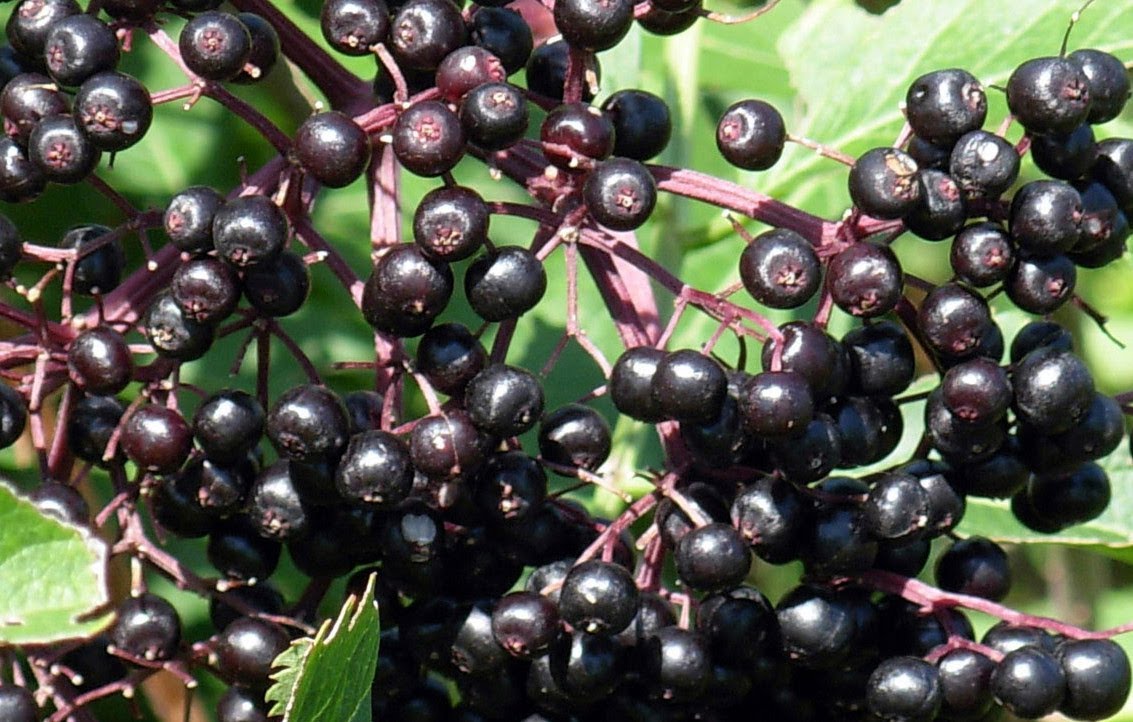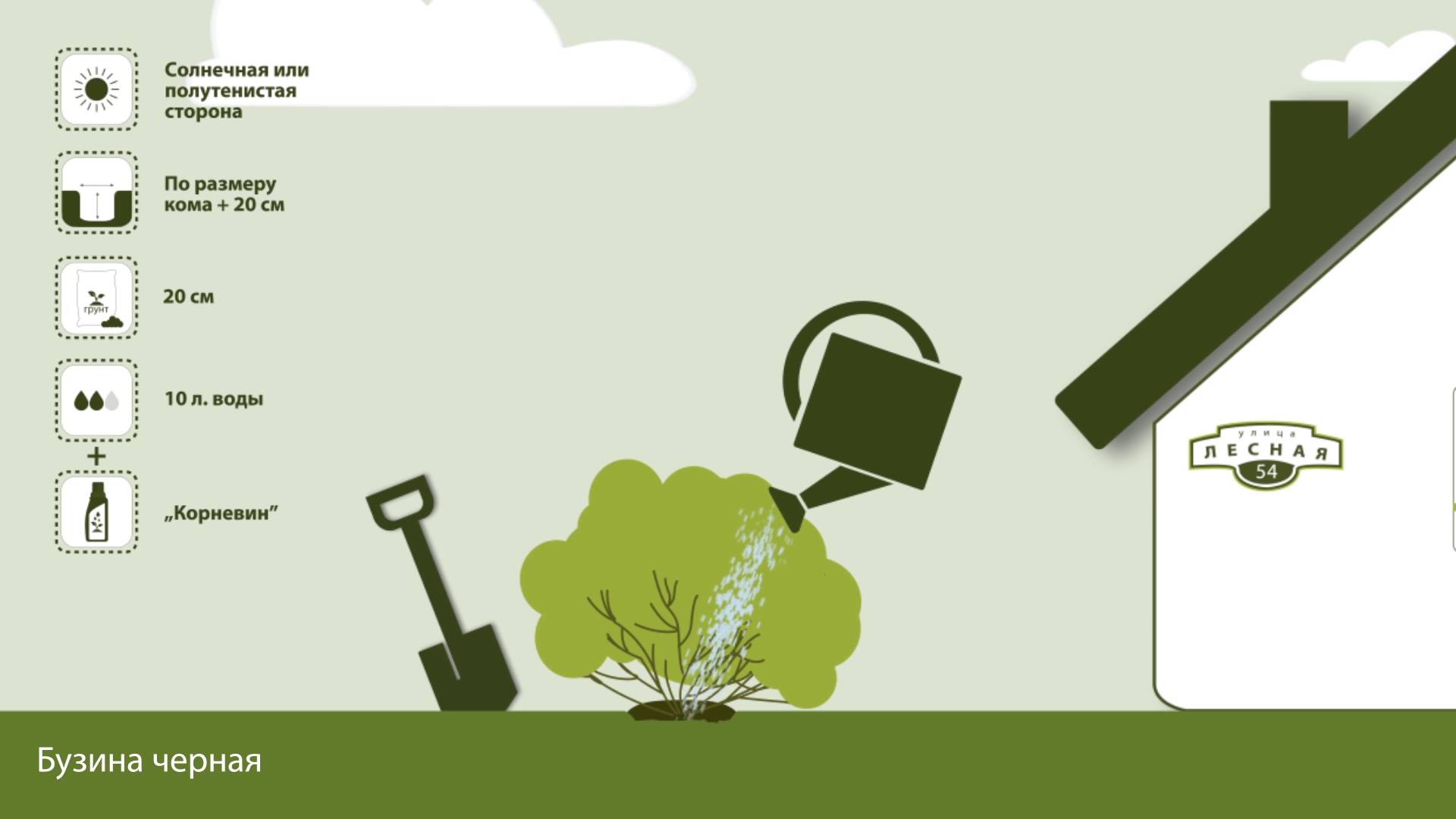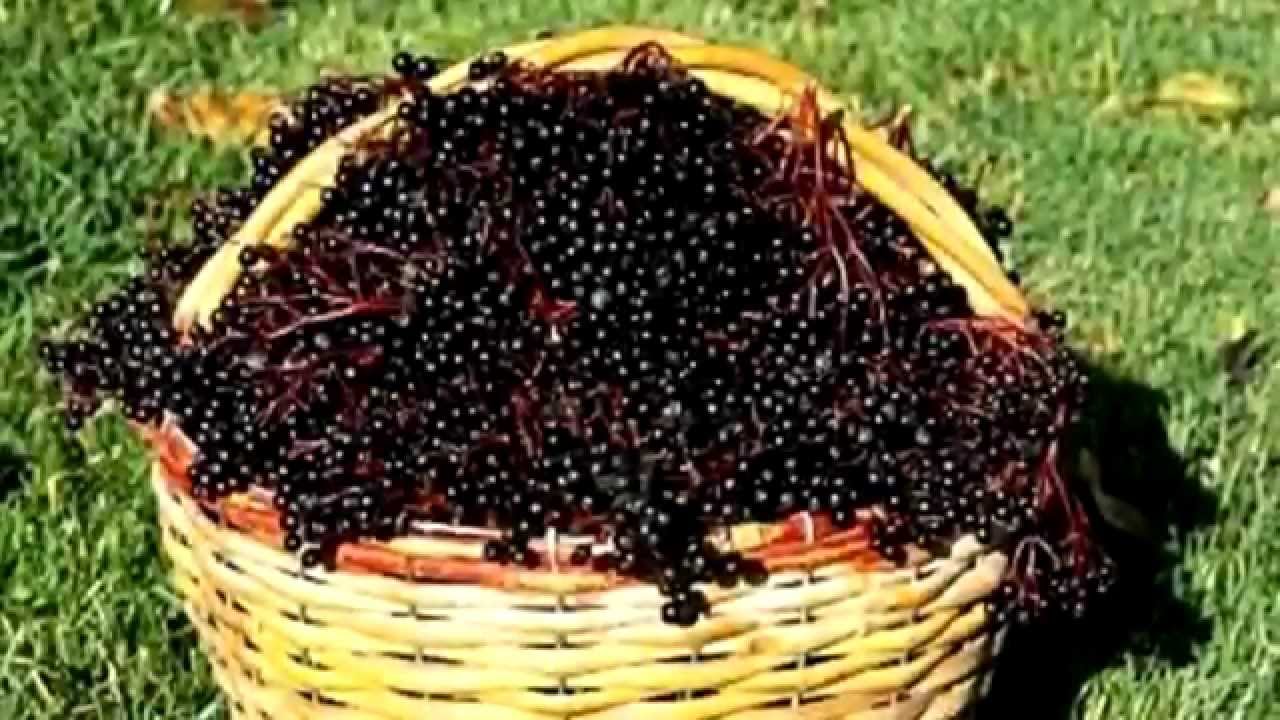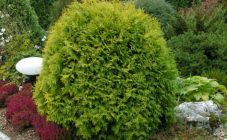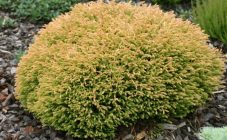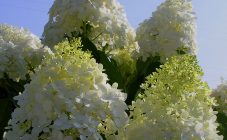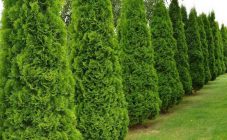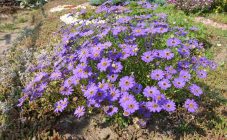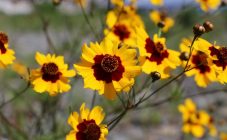Content:
The Elderberry genus includes about 40 species. In turn, each of the species includes a large number of different varieties of elderberry, which are usually grouped according to some characteristics. One of the most beautiful groups is the black elderberry.
In terms of its decorative properties, this variety overtakes even such unusual in appearance shrubs as red-leaved elderberry and variegated elderberry. In addition, the shrub bears a lot of fruits with medicinal properties and pleasant taste.
The plant is unpretentious and does not require complex care. How exactly to plant a black elderberry and organize its care will be discussed further.
General characteristics of culture
The plant is a large shrub or small tree. Life expectancy is 60 years. In height, the ornamental elderberry reaches 3-4 meters, in some cases - 7 meters.
The variety is found in European forests, in the southwestern regions of Russia, in the Moscow region, in the Caucasus and in the Crimea. The culture prefers the territory of parks, forest edges, likes to huddle under the canopy of other trees.
Elder Black loves warmth, therefore, it does not tolerate strong frosts without shelter. However, with a little freezing, the bush is restored very quickly, and in the summer it blooms again in lush color. It grows intensively (60 cm in height and in width per year), the flowering period falls in June and lasts 3 weeks.
The fruits ripen in September, they taste sweet and sour. They can be consumed both fresh and processed into wine, jam, jam.
Elderberries are propagated by black cuttings and with the help of seeds, that is, by the same methods that are used for other varieties and species. Any gardener who knows how to propagate elderberries will easily get bushes of the red, yellow or black variety.
Description
The leaves are colored bright green, divided into many lobes (split-leaved), the leaf juice has an unpleasant odor that repels insects. The latter property determines the landing site - often the tree is placed near the toilets.
The leaves grow up to 30 cm long. The flowers are small, white or yellowish. Inflorescences are corymbose. The fruits are collected in clusters, the surface is dark and shiny. The foliage, bark and trunk of the shrub contain poison. A seedling blooms for the first time at the age of 3 years. The crown of the elderberry is spreading in the form of a ball (up to 6-7 meters in diameter), numerous leaves are quite tightly adjacent to each other.
Depending on the specific variety, the plant may have certain characteristics and benefits.
- The elderberry of the Laciniata variety has a very beautiful, spreading crown.
- The black elderberry of the Madonna variety is decorated with leaves bordered with a gold rim, which makes it even more decorative.
- Dart's Green Lace is characterized by very narrow leaves.
- Luteovariegata - during the season, the color changes from dark golden yellow to creamy yellow.
- Black Lace (Eva) - with purple-black leaves and pink inflorescences.
In addition, varieties with drooping branches, with unusual fruits, with purple leaves, as well as dwarf varieties of black elderberry are known.
Planting black elderberry
This variety has good stamina. It is recommended to plant a plant in open ground in sunny areas. At the same time, it is quite capable of tolerating a lack of light, however, the decorative qualities in this case will be significantly affected.
The shrub prefers fertile loamy soils with a low alkali content. With a large amount of acid, the soil should be deoxidized with lime before planting a tree.
Seedlings are rooted in the autumn or spring season in warm, dry weather. The depth of the planting pit should be 40-50 cm. A layer of organic fertilizers, as well as a fertilizer containing phosphorus and potassium, are poured onto the bottom of the pit.
The root collar should be above the ground. From above, the young plant is sprinkled with soil and slightly trampled. The seedling is watered regularly. The plant begins to bloom at 3 years of age.
If necessary, the elderberry is transplanted in the summer. However, it is permissible to subject to this process only very young seedlings (first or second year), which did not have time to take root well. When transplanting, they try to capture as large a clod of earth with roots as possible so as not to injure the plant. In a new place, the elderberry is planted in a previously prepared hole, which should be such as to completely accommodate the removed lump of earth along with the roots.
Plant care
Caring for shrubs during the cultivation process consists in regular watering, pruning and systematic loosening of the soil. Although the plant can tolerate dry conditions, it is still best not to test it for "strength". The shrub needs to provide moist soil without stagnation of liquid in it.
Pruning is done for the purpose of crown formation and rejuvenation. In spring, young trees also get rid of dried, damaged foliage. In summer, plant tissue regenerates very quickly. Older bushes are cut short, leaving only a quarter of the trunk. Pruning is extremely necessary for fruiting varieties, since at the age of 6 years the tree stops producing berries.
Harvesting is carried out after its final ripening (in the second decade of September). The bunches with berries are removed completely. The fruits are stored for a very short time - for 8-10 days in the refrigerator, so that they do not lose their beneficial properties and can be useful, they are immediately consumed or processed. The brushes remaining on the branches can hold out on the tree all winter.
Top dressing for shrubs is added in the first weeks of March. Solid fertilizers are scattered in the area of the trunk circle and embedded in the soil to a depth of 10-15 cm. Compost or manure can be used as organic fertilizers. They are brought in in the fall of the next year.
Diseases and pests
The plant is practically not susceptible to diseases and pests. In some cases, spider mites and aphids harm the shrub. To get rid of pests, the plant must be treated with fungicides. Chemicals must be used in accordance with the instructions.
Landscape design
The tree has decorative qualities, so the plant is often used in landscape design. The shrub is especially beautiful during flowering and fruiting. The plant looks good both in a single version and in decorative compositions, for example, on an area with red elderberry.
The article will be useful to everyone who has a black elderberry in the garden or in the garden - planting, and caring for it requires adherence to elementary but important rules.It is not difficult to take care of the tree, but in the absence of the necessary measures, the shrub will begin to dry out and, in the end, die - which is why it is important to follow all the above recommendations.
